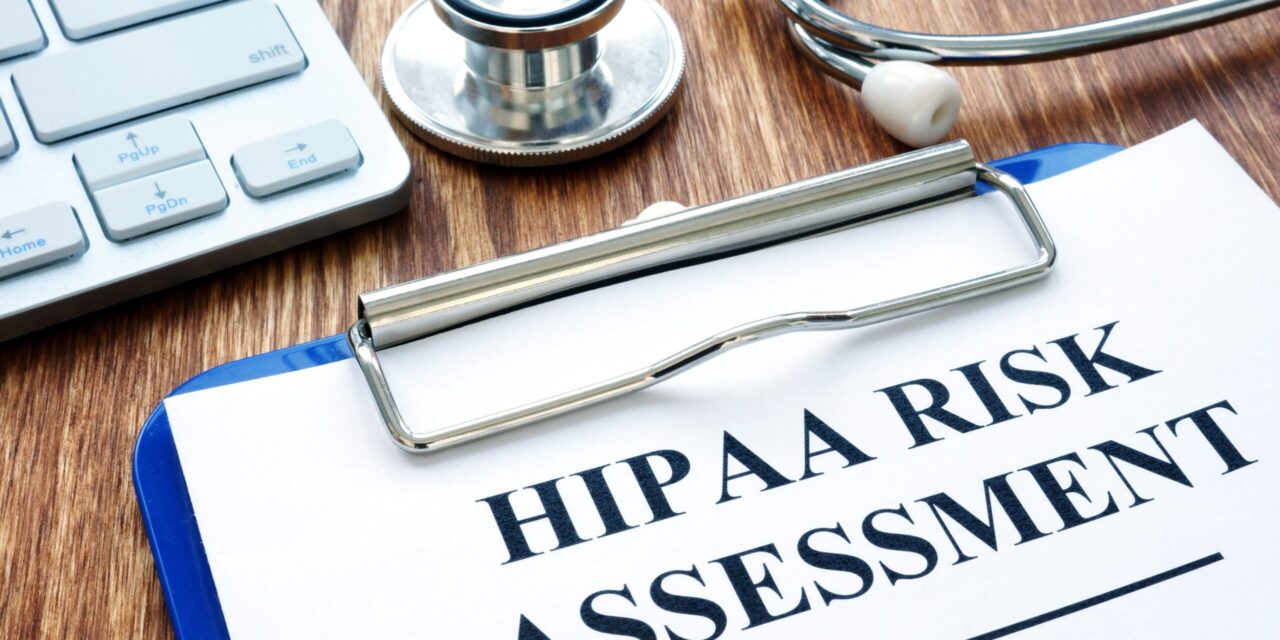Safeguarding sensitive health information remains a top priority for insurance companies, hospitals, and various businesses across the medical industry. Now, in our fully digital world, these data points are stored in secure online infrastructures and regularly sought by hackers looking to exploit confidential documents, files and more.
Safeguarding sensitive health information remains a top priority for insurance companies, hospitals, and various businesses across the medical industry. Now, in our fully digital world, these data points are stored in secure online infrastructures and regularly sought by hackers looking to exploit confidential documents, files and more.
Healthcare compliance is imperative for protecting the privacy of patients and to combat these ever-changing cyber threats. And, in response, HIPAA implemented the Security Rule – meticulous national standards for shielding personal health information created, used or maintained by a covered entity.
Risk management, whether you’re in the medical industry or healthcare IT, is a required piece of these standards to ensure the integrity and security of this sensitive data. It’s a way to implement security measures effectively and create a framework to constantly measure its impact against cyberattacks. Stellar healthcare compliance is just a few steps away!
1. Know the risks while creating your management plan
Producing a risk management plan involves the work of both employees and management to craft an effective strategy. This also includes establishing what risks need to be addressed immediately or in the near future, followed by selecting specific security measures that need to be deployed.
A key part of creating a plan is risk assessment, which helps ensure your organization maintains compliance by examining all physical and cyber safeguards. This resourceful blog, which includes a link to download an effective Risk Assessment Tool, covers this topic in depth so you can stay HIPAA compliant.
2. Installing your safeguards
The next step, following a risk assessment, is implementation of necessary safeguards. Security measures can range from fingerprint and facial scans for identification to keycards, cable blocks and privacy screens.
Determining a timeline for your project’s completion is essential, whether that involves implementing device and media credentials or technical safeguards.
3. Monitoring security measures
Risk management, ultimately, is an ongoing process. Mitigating cyberattacks to physical threats require constantly gauging and monitoring these safeguards to ensure effectiveness. And your organization’s policy should adjust to counter the latest risks that can jeopardize compliance.
That typically occurs whenever new systems are set to be installed within an organization to solidify that all threats are covered under a security plan. Of course, evaluations otherwise vary between organizations ranging from annually to every few years. Threats change often, but your healthcare compliance can stay consistent with the right resources!
Healthcare compliance is imperative for protecting the privacy of patients and to combat these ever-changing cyber threats. And, in response, HIPAA implemented the Security Rule – meticulous national standards for shielding personal health information created, used or maintained by a covered entity.
Risk management, whether you’re in the medical industry or healthcare IT, is a required piece of these standards to ensure the integrity and security of this sensitive data. It’s a way to implement security measures effectively and create a framework to constantly measure its impact against cyberattacks. Stellar healthcare compliance is just a few steps away!
4. Know the risks while creating your management plan
Producing a risk management plan involves the work of both employees and management to craft an effective strategy. This also includes establishing what risks need to be addressed immediately or in the near future, followed by selecting specific security measures that need to be deployed.
A key part of creating a plan is risk assessment, which helps ensure your organization maintains compliance by examining all physical and cyber safeguards. This resourceful blog, which includes a link to download an effective Risk Assessment Tool, covers this topic in depth so you can stay HIPAA compliant.
5. Installing your safeguards
The next step, following a risk assessment, is implementation of necessary safeguards. Security measures can range from fingerprint and facial scans for identification to keycards, cable blocks and privacy screens.
Determining a timeline for your project’s completion is essential, whether that involves implementing device and media credentials or technical safeguards.
6. Monitoring security measures
Risk management, ultimately, is an ongoing process. Mitigating cyberattacks to physical threats require constantly gauging and monitoring these safeguards to ensure effectiveness. And your organization’s policy should adjust to counter the latest risks that can jeopardize compliance.
That typically occurs whenever new systems are set to be installed within an organization to solidify that all threats are covered under a security plan. Of course, evaluations otherwise vary between organizations ranging from annually to every few years. Threats change often, but your healthcare compliance can stay consistent with the right resources!






